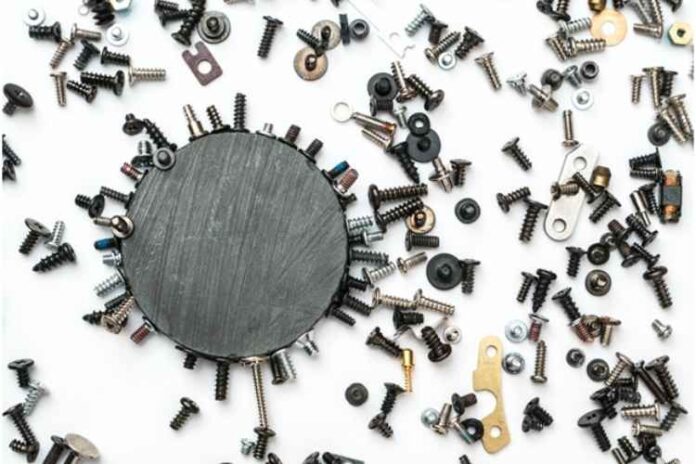There are somewhere around 542,000 buried storage tanks containing petroleum products and hazardous waste in America.
It is important to not only know where these tanks are located but to be able to find those that exist but are not mapped. Especially if you are about to dig into the earth and need to know what lies beneath.
Underground magnetics locators are used in detecting buried tanks, pipes, and other metal hazards. Before you dig into the earth, you will want to examine the ground beneath with an underground magnetics locator.
What Is an Underground Magnetics Locator?
They look like long poles with a small box on the end. The pole holds two magnetics sensors spaced a certain distance apart. The box at the top holds the control unit and display.
Underground magnetics technology in these locators senses the earth’s magnetic field. When that field remains uniform, there aren’t any objects nearby interacting with it.
When the unit moves over a ferrous object, the audible signal will rise in pitch to indicate the presence of interference in the earth’s magnetic field.
How Underground Magnetics Locators Work
Many buried objects contain ferrous material (iron, steel) that interacts with the earth’s magnetic field by creating a tiny magnetic field of their own.
Professionals use underground locator technology to spot disturbances in the earth’s magnetic field. They can even locate the positive and negative poles of the item’s magnetic field and even tell whether it lies horizontally, vertically, or at some angle in-between.
Main Differences Between Models
The main differences are size and sensitivity. Models range from small portable devices to larger units with sensors that are placed further apart, which increases sensitivity.
The downside to larger units is the added weight of the unit makes them harder to maneuver. Conversely, smaller units are much easier to use but are limited in their detection sensitivity.
Deciding which model to buy depends on what types of objects you are searching for, their size, and their depth. Larger items and items closer to the surface can be located with smaller and more portable units. Items at greater depth or smaller size will require larger units.
Underground Magnetics Locator Uses
Magnetics locators are primarily used in the construction industry, the military, and utility companies. They are superb at finding many items, such as:
- Landmines, mortars, grenades, and other ordinances.
- PK and mag nails that were buried by surveyors to mark boundaries
- Weld joints in metal pipes
- Underground metal storage tanks
- Underground wire and pipe
- Buried manhole covers
- Buried septic tank covers
A technician moves the locator around an object once located to test its edges and to get an idea of its orientation under the earth.
Eyes to See Underground
It would be impractical and dangerous to locate pipes, wires, tanks, and especially landmines, by digging up the earth and searching for them.
Magnetics locators take advantage of waveforms we cannot see and adapt them to sounds and graphs that we can see and hear, making the job of finding underground metal objects relatively straightforward.
If you require a device to detect underground items that contain ferrous materials, click here to check out the various models available.








